In marketing, data is gold. Knowing our customers allows us to meet their needs and sell more efficiently. That's why database marketing is a very useful tool for brands; in fact, according to Invespcro, it can make brands' ROI between 5 and 8 times higher. Let's review what it is, what it provides, and how you can start using it with your company.

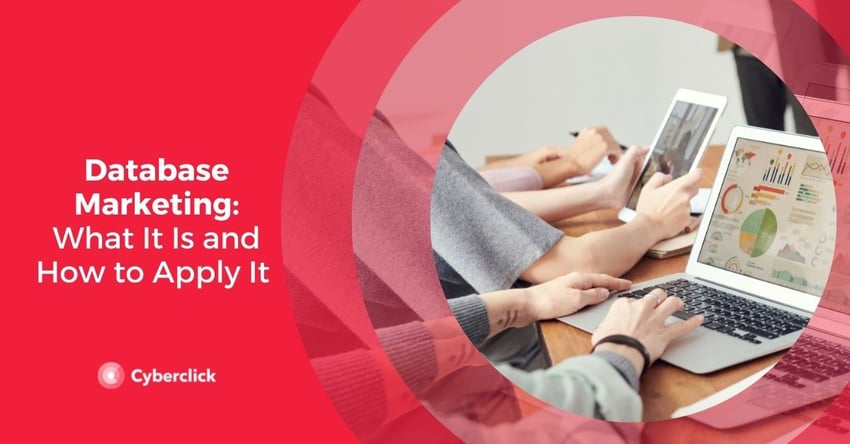
What Is Database Marketing?
Database marketing is a marketing technique based on researching and collecting data about consumers, from their name and contact information to their interactions with the company or preference for certain products.
All this information is organized in a database and analyzed in order to offer content, products, and services to the user based on his or her needs and interests. This way, you can create a relevant and satisfying customer experience that increases the chances of conversion and loyalty.
Companies use database marketing for different objectives, including identifying potential customers, segmenting which customers should receive each offer, generating more trust towards the brand, building loyalty, or re-engaging customers who are inactive.
Benefits of Database Marketing
- Better segment your marketing messages. The creation of databases allows you to have an accurate and centralized record of each customer, including information about demographics, buying preferences, and brand-related behaviors. This information allows you to create very precise customer segments to send them the most appropriate offers.
- Improve your marketing results. Segmenting marketing messages ensures that each person receives the information best suited to their needs. This increases the likelihood of response and means that no impressions are wasted on users who are unlikely to convert.
- Personalize the customer experience. According to a study by Epsilon & GBH Insights, 80% of U.S. consumers want brands to personalize their experience. Your database can help you send relevant messages to your customers and personalize their experience on your website, for example, by tailoring navigation based on the pages they are most interested in.
- Make better recommendations. The information collected through database marketing makes it much easier to advise customers and offer them products tailored to their interests and needs.
- Improve service. Database marketing makes it possible to focus marketing efforts on the customer, which translates to better service since their preferences are prioritized and taken into account.
- Improve your customer relationships and long-term loyalty. Analyzing your marketing database helps you identify your most loyal and profitable customers. You can then use this information to offer them special incentives and create tailored loyalty programs, as well as to increase the average order value through cross-selling and upselling.
How to Start Implementing Database Marketing in 3 Steps
1. Create a Database
In order to start collecting data about your customers, you need to have the right software to be able to collect and organize it. Normally, this is done through a CRM (Customer Relationship Management) program.
Once this step is done, you need to think about your strategy for collecting customer data, which must only be done after receiving the customer's permission. There are different ways you can do this: encouraging them to fill in a form, offering downloadable content, and more.
The next question is: what data are you going to collect? It is important not to overwhelm the user with excessive requests for information, especially in the first few points of contact. Therefore, you have to prioritize what information is most important for your brand. These are some of the data points that brands collect most frequently:
- Contact information: basic information such as name, telephone or email
- Demographic data: age, gender, city of residence, profession, level of studies...
- Acquisition data: how they have come into contact with your brand.
- Preferences and lifestyle data: attitudes, values, interests, motivations...
- Behavioral data: which pages of your site they browse, what
their favorite products are, how much they have spent on each purchase...
2. Segment Your Customers
The information in your database is used to identify different groups of consumers and send them different messages. The most relevant factors to carry out this segmentation depend on each brand, but these are some of the most common ones:
- Interests: for example, if you have a sports-related brand, you can distinguish between runners and swimmers.
- Purchasing behavior: you can segment by users who have not yet bought from you, occasional buyers, and regular buyers.
- Location: very important for businesses with physical stores.
- Demographic information: for example, families with children, teleworkers, people who have just relocated from one place to another...
- Preferred communication channel: this will help you decide what the best channel is to reach your target audience with your campaigns
3. Personalize Your Content and Offers
Based on the consumer segments you identified in the previous step, you can create marketing campaigns tailored to users' unique needs. These include campaigns aimed at converting undecided users to loyalty programs for your most valuable customers.
Digital Marketing Strategist en Cyberclick. Licenciada en Publicidad y Relaciones Públicas (URV), con un postgrado en Marketing y Comunicación Online (UAB). Especializada en Google Ads, Social Ads y analítica web.
Digital Marketing Strategist at Cyberclick. Degree in Advertising and Public Relations (URV), with a postgraduate degree in Marketing and Online Communication (UAB). Specialized in Google Ads, Social Ads and web analytics.
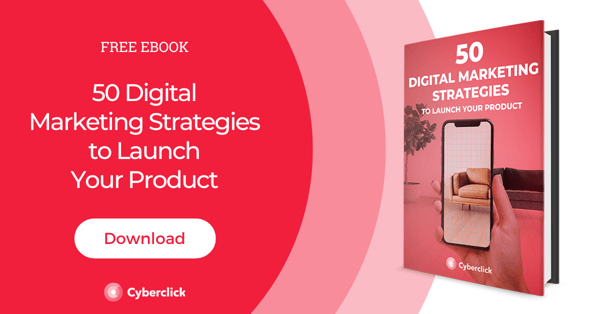

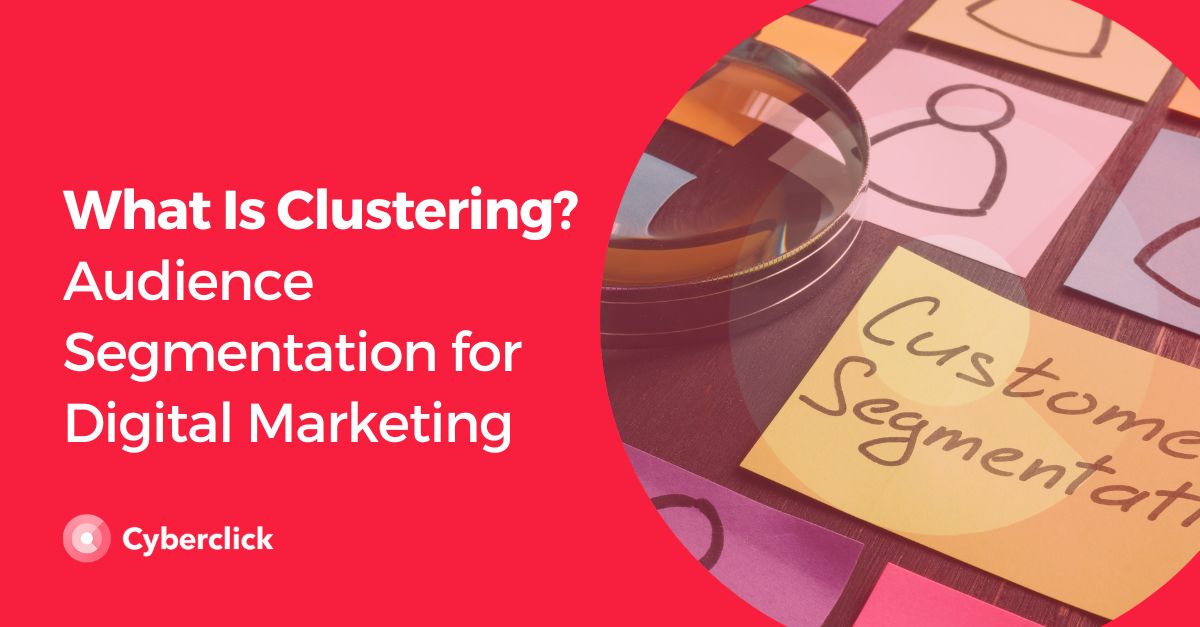
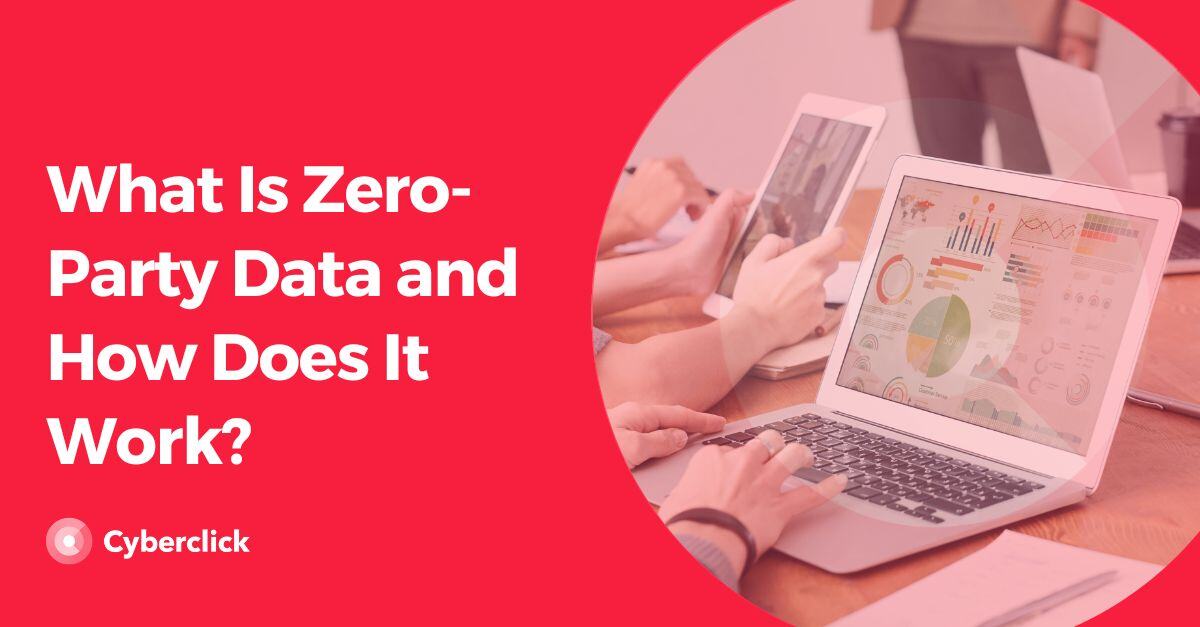
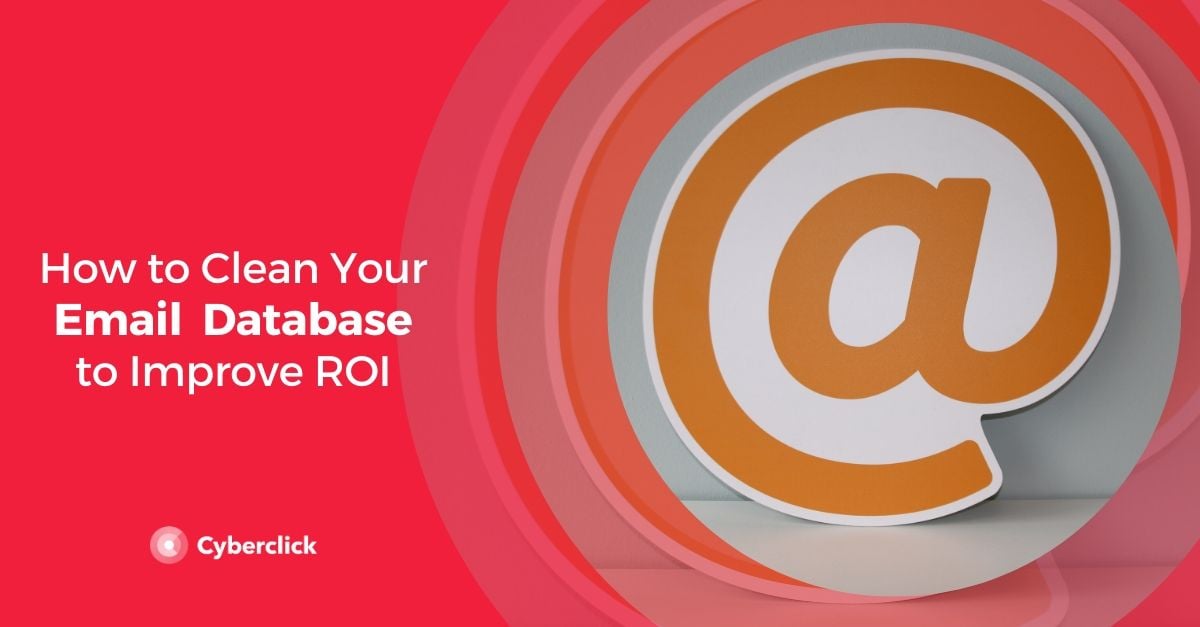
Leave your comment and join the conversation